Entry Category: Race - Starting with O
 John F. O'Donnell
John F. O'Donnell
 John F. O'Donnell
John F. O'Donnell
Oats, Presley (Lynching of)
Office of Removal and Subsistence
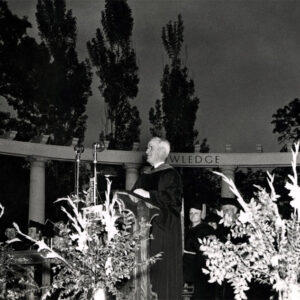 Dunbar H. Ogden
Dunbar H. Ogden
Ogden, Dunbar H., Jr.
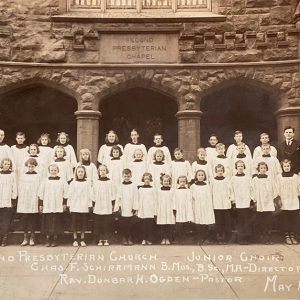 Rev. Ogden and Choir
Rev. Ogden and Choir
Oliver, Dan (Lynching of)
One-Drop Rule
aka: Act 320 of 1911
aka: House Bill 79 of 1911
Original Tuskegee Airmen
aka: Tuskegee Airmen, Original
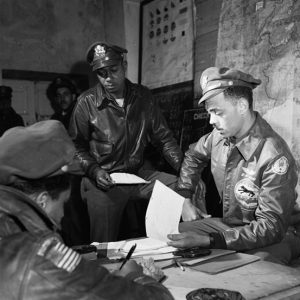 Original Tuskegee Airmen
Original Tuskegee Airmen
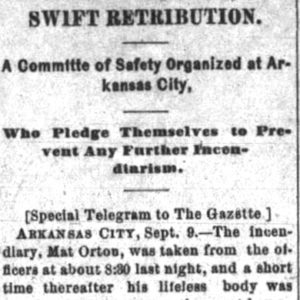 Mat Orton Lynching Article
Mat Orton Lynching Article
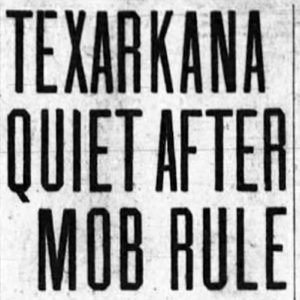 Owen Lynching Article
Owen Lynching Article
 Owen Lynching Article
Owen Lynching Article




